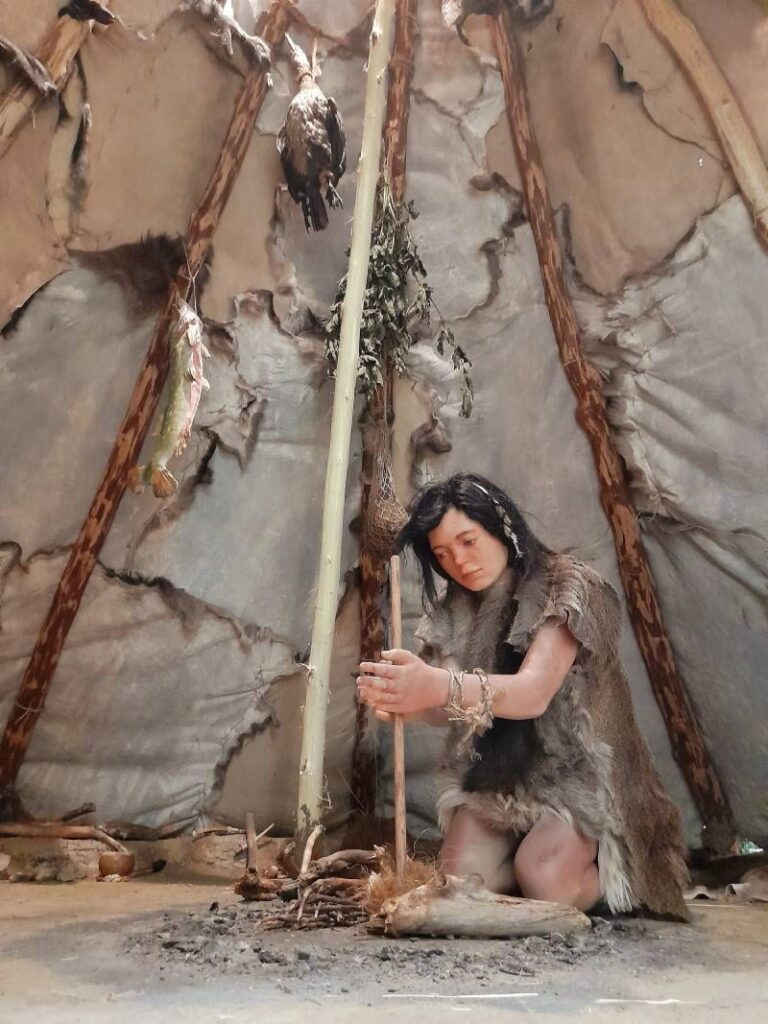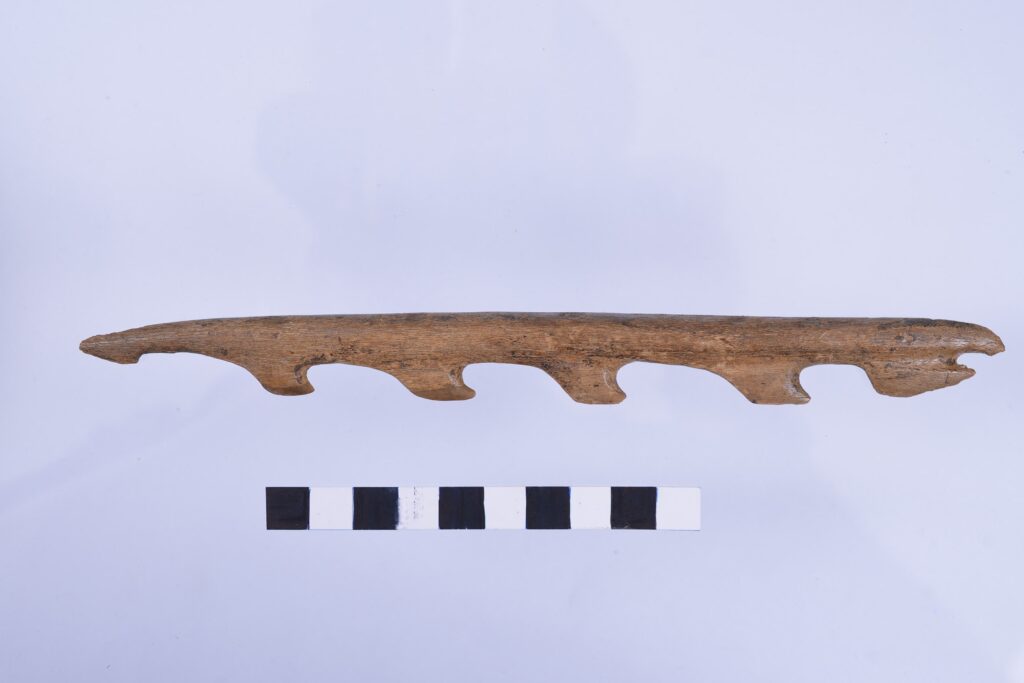Paradise Lost – A New Archaeological Exhibition entitled The Lost World of Mesolithic Hunters has opened at the Déri Museum, showcasing an era that was a turning point in evolution.
Man lived in the Mesolithic, one with nature, — perhaps for the last time in human history, and then began to roughly transform it. We can say that this may have been the last period when man lived as part of nature, with only minimal impact on the environment, and in ecological balance. From this point of view, we can consider this form of life as a kind of ‘paradise’ state.
This near-natural (‘paradise’) way of life, based on hunting, fishing and gathering, disappeared forever between 6,200-6,000 BC, with the advent of the food-producing, agricultural way of life that was adopted from the Middle East through to the Balkans.
From this period onwards, the human transformation of the natural environment continued at an ever-accelerating pace. There is no doubt that this, together with overpopulation, has reached a level that threatens a series of environmental disasters and ultimately threatens the entire ecosystem of the planet.

During the millennia of the Mesolithic, the people who lived in the Carpathian Basin certainly left their mark behind, but very little is known by researchers. At the exhibition, those interested can see a selection of finds found in Hungary. Visitors to the exhibition can see a life-size hut, reconstructed from the remains of a Mesolithic building on the border of Jásztelek, and also visually experience the former fishing, hunting and collecting way of life. The many thousand-year-old bone marrow from the King St. Stephen’s Museum in Székesfehérvár, which has remained perfectly intact, will be presented to the public. However, the most special attraction of the exhibition is the only known Mesolithic tomb in the Carpathian Basin, which is the first to be presented by the Déri Museum, courtesy of the János Tornyai Museum in Hódmezővásárhely!

The exhibition is open until 31 December 2021 in the Dome of the Museum.